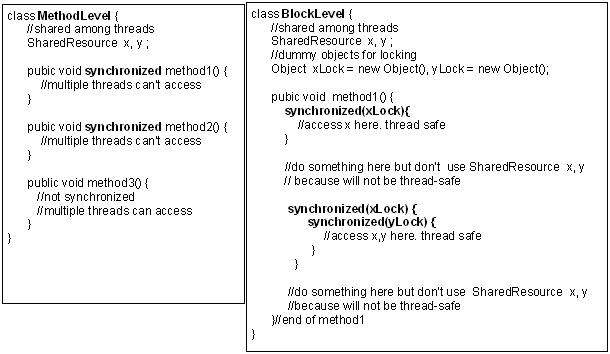Hibernate dependencies jars and plugins
Here is a sample maven pom.xml snippets containing the dependency jars.
.... <hibernate.version>4.1.3.Final</hibernate.version> <hibernate-jpa-2.0-api.version>1.0.1.Final</hibernate-jpa-2.0-api.version> <hibernate-validator-annotation-processor>4.2.0.Final</hibernate-validator-annotation-processor> <hibernate-validator.version>4.3.0.Final</hibernate-validator.version>
The above snippet defines the version numbers.
The snippet below defines the dependencies.
...
<dependency>
<groupId>org.hibernate</groupId>
<artifactId>hibernate-core</artifactId>
</dependency>
<dependency>
<groupId>org.hibernate</groupId>
<artifactId>hibernate-entitymanager</artifactId>
</dependency>
<dependency>
<groupId>org.hibernate.javax.persistence</groupId>
<artifactId>hibernate-jpa-2.0-api</artifactId>
</dependency>
<dependency>
<groupId>javax.validation</groupId>
<artifactId>validation-api</artifactId>
</dependency>
<dependency>
<groupId>org.hibernate</groupId>
<artifactId>hibernate-validator</artifactId>
</dependency>
<dependency>
<groupId>org.hibernate.javax.persistence</groupId>
<artifactId>hibernate-jpa-2.0-api</artifactId>
<version>${hibernate-jpa-2.0-api.version}</version>
</dependency>
<dependency>
<groupId>org.hibernate</groupId>
<artifactId>hibernate-validator-annotation-processor</artifactId>
<version>${hibernate-validator-annotation-processor}</version>
</dependency>
<!-- bean validation -->
<dependency>
<groupId>javax.validation</groupId>
<artifactId>validation-api</artifactId>
<version>1.0.0.GA</version>
</dependency>
<dependency>
<groupId>org.hibernate</groupId>
<artifactId>hibernate-validator</artifactId>
<version>${hibernate-validator.version}</version>
</dependency>
If you want to auto-generate your hibernate entities from DDL then.
<build>
<resources>
<resource>
<directory>${basedir}/src/main/resources</directory>
<includes>
<include>**/*</include>
</includes>
</resource>
</resources>
<plugins>
<plugin>
<groupId>org.codehaus.mojo</groupId>
<artifactId>hibernate3-maven-plugin</artifactId>
<configuration>
<components>
<component>
<name>hbm2ddl</name>
<implementation>jpaconfiguration</implementation>
</component>
<component>
<name>hbmdoc</name>
</component>
</components>
<componentProperties>
<persistenceunit>my-data</persistenceunit>
<outputfilename>schema.ddl</outputfilename>
<drop>true</drop>
<create>true</create>
<export>false</export>
<format>true</format>
</componentProperties>
</configuration>
</plugin>
</plugins>
</build>
Finally, the plugin that is required for auto generation.
<pluginManagement>
<plugins>
<plugin>
<groupId>org.codehaus.mojo</groupId>
<artifactId>hibernate3-maven-plugin</artifactId>
<version>2.2</version>
</plugin>
</plugins>
</pluginManagement>
Labels: Hibernate







